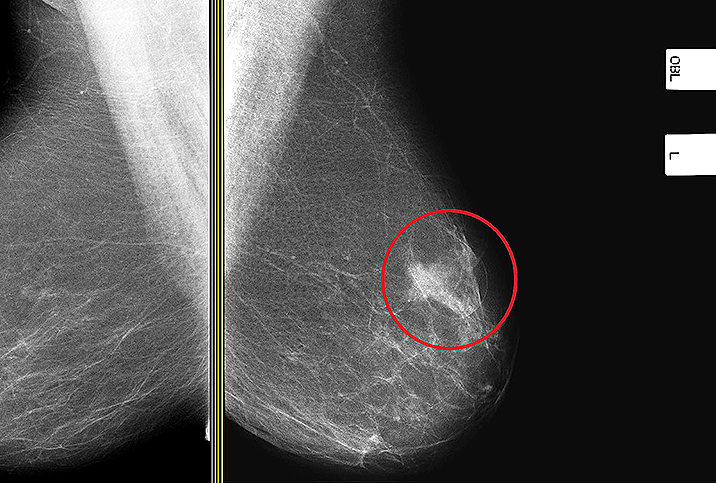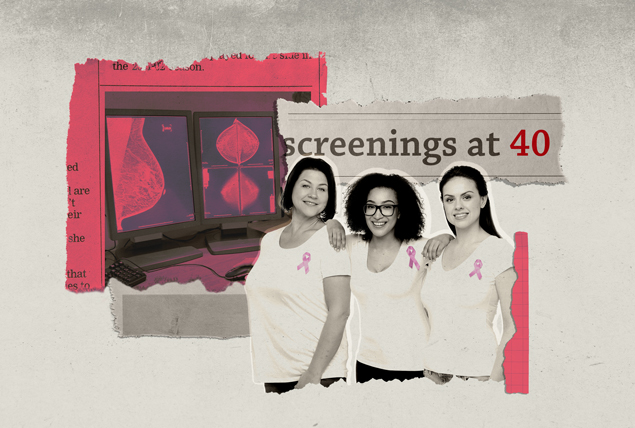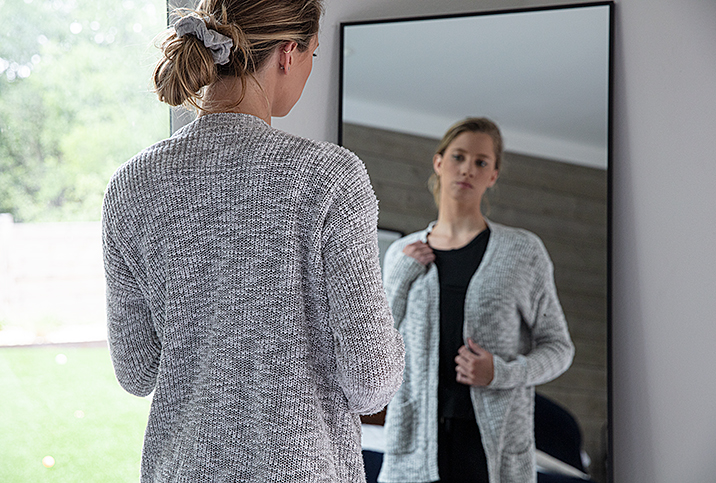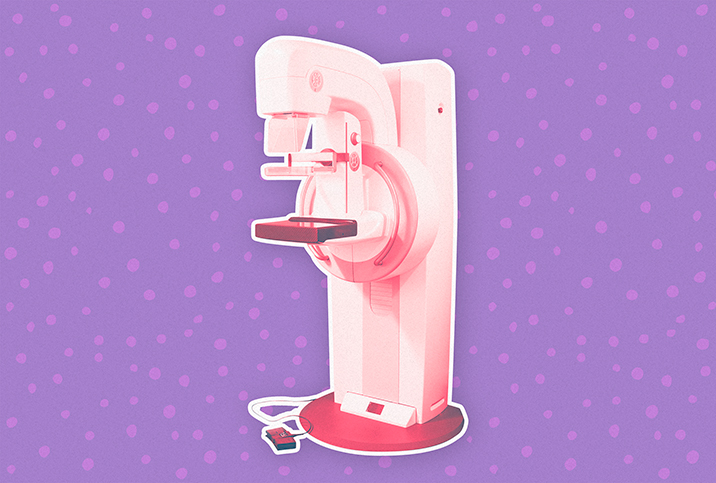What to Expect at Your First Mammogram

A recent report from the National Cancer Institute (NCI) revealed that breast cancer is the second most common cancer type for women in the United States, after skin cancer. Approximately 230,000 new cases of breast cancer in women are reported every year.
If breast cancer is detected and treated early, women have a higher chance of survival, and one of the most effective ways to detect breast cancer early is through mammography.
Why mammograms are so important
A mammogram is an X-ray picture of a patient’s breasts that is reviewed by medical staff and used during cancer screening. Together with monthly breast self-examinations and regular clinical exams, mammograms play a crucial role in the early detection and diagnosis of breast cancer.
Mammograms, for several reasons, are an important diagnostic test that women should always make time for in their schedule. Foremost among those reasons is that mammograms save lives. Most women who get breast cancer screening regularly decrease their chances of dying from breast cancer by approximately 30 percent. While medical entities disagree on when to begin mammography and how often to repeat the procedure, for some patients, beginning regular mammograms at age 40 makes sense; for others, a physician might recommend starting at age 45 or even 50. (More on this later.)
One way mammograms save lives is through early breast cancer detection. Physicians use mammograms to detect cancer during its early stages, before the patient may even feel a lump. If breast cancer is detected early, especially at a localized stage, a patient’s survival rate is up to 98 percent. If the disease is not diagnosed and addressed early, the five-year survival rate might drop to just 25 percent.
Regular screenings are best
Your medical history, including having close relatives who were diagnosed with breast cancer, will determine when your physician recommends you begin regular mammograms. Together, you can determine what breast cancer screening schedule is best for you. For many women, an annual screening is the norm.
Generally, medical experts now advise women with an average risk of developing breast cancer to begin screening mammography around age 48, and then follow up every one to two years with the test.
It’s important to mention that professional cancer organizations differ slightly in their recommendations. The U.S. Preventive Services Task Force recommends women get the screening every two years, beginning at age 50 until they are 74 years old; the American Cancer Society advises that women with an average risk of breast cancer start screening mammograms annually at the age of 45 until they’re 54 years old, and then continue getting a mammogram every two years.
The Mayo Clinic advocates that most women begin receiving regular mammograms at age 40, based on findings reported by the Centers for Disease Control and Prevention (CDC). The CDC reported that randomized clinical trials of women in their 40s and 50s demonstrated screening mammograms decrease breast cancer deaths by 15 to 29 percent.
To determine the best strategy for you to begin getting mammograms, you should speak with your physician, who is familiar with your medical history and can help you schedule your first mammogram screening.
The process of mammography
A medical professional who administers a mammogram, known as a mammographer, will ask you to undress from the waist up and take off any jewelry. You may also be asked not to use deodorant on the day of your screening, because tiny aluminum particles from certain deodorants may show up and look like calcifications, which are early signs of breast cancer. Because the mammographer will likely have to get very close to you when manipulating your breast tissue onto the machine, you might also be asked not to wear perfume that day.
You’ll be given a gown that opens in the front and, depending on your preferred testing facility, you can either sit or stand during the mammography process.
Each of your breasts will be compressed between two surfaces to spread out the inner tissue, and then you’ll be asked to hold your breath for a few seconds while an X-ray captures black-and-white images of your breast tissue. Though you might feel some slight discomfort from pressure on your breast, this is usually very brief. The process is repeated for the other breast, and the entire procedure takes no more than 20 minutes.
The X-rays will be read by a radiologist—a physician who is an expert at reading diagnostic images—who will check for any irregularities. The radiologist will compare the current images to images from previous years, if this is not your first mammogram. Extra images that show different views of the breast tissue may be required, but don’t let this be a cause of panic or upset, because it happens frequently.
Results are usually available to you in a few days. If any abnormalities are discovered, your doctor may order additional diagnostic tests.
X-rays vs. digital imaging
Besides X-rays, which store the images on film, a digital mammogram might be an option. Also called full-field digital mammography (FFDM), a digital mammogram produces images on a computer screen that can be enhanced and magnified for closer viewing. The images can also be downloaded to a computer application for further study.
The process is exactly the same for the patient, but research shows that digital mammography does a better job of detecting cancer in certain patients, including women with dense or fatty breast tissue, women under age 50 and those who have not yet gone through menopause. Digital mammography uses about 25 percent less radiation than traditional X-rays, and the resulting images are available immediately for examination.


















